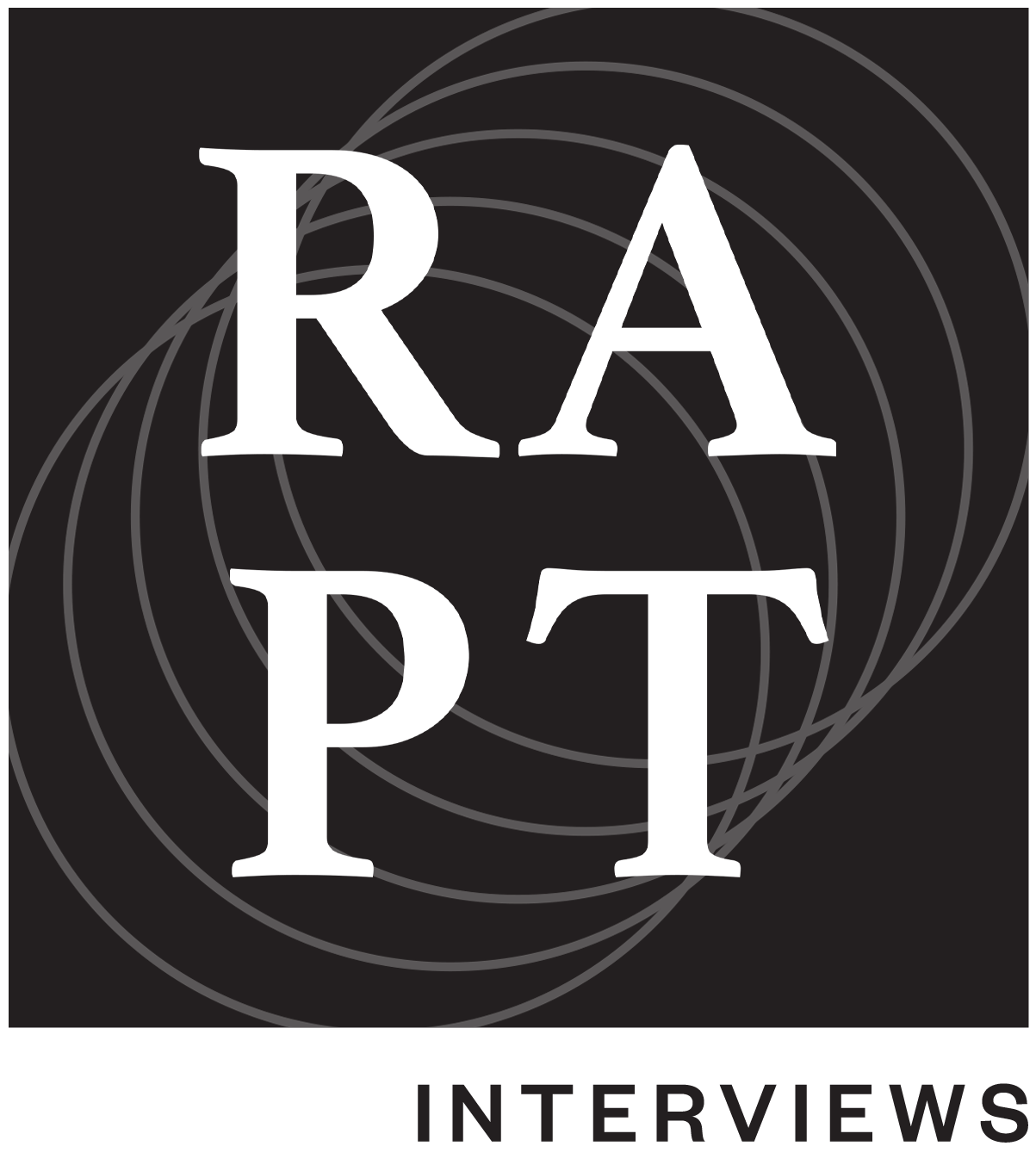Ignatian Exercises: Keeping Company With Jesus
JUSTIN CAMP
6 min read ⭑
I sit at a table outside a food hall in my hometown in California, sipping coffee, enjoying a breeze on what could be the last warm day of September. Jennifer is right next to me, typing on her laptop. My laptop is open, too, but my attention is on three blue notebooks. I haven’t touched these journals for nearly five years, but I pulled them from the bookshelf in our upstairs office before leaving for work today.
I spin them in my hands, trying to find the first page of the first notebook. Once located, I begin reading, curious as to what I might find. What I might remember — and might have forgotten. I read casually at first, scanning, barely stopping even when I get hung up on a word, struggling to make it out from among my messy printed scrawls.
I skim copied quotations, notes, prayers and prayer conversations. But as I begin to grasp and re-grasp the ideas and meanings deeper than the words, I slow. Memories from half a decade ago come, but those are not what change my pace. What makes me want to savor the moment is just how quickly what’s written on these pages gets to what’s most important, in such plain language.
It’s jarring, in our culture of surface-level small talk and meaningless distractions, how my handwritten words get right to the heart of the matter — right to the things most grave and profound going on in my heart … things that continue to unfold even now.
Five years ago, Jennifer and I committed to pray for an hour a day for 34 weeks, undertaking a practice created by Saint Ignatius, the founder of the Jesuits, called the “Exercises.” It was a big commitment, but our hearts longed for more personal, simpler bonds with Jesus. Neither of us is Catholic, but Jesus led us to the Ignatian Exercises when we asked him how to get to know him more deeply.
Having heard and read a bit about the Exercises but not really knowing what we were getting into, we met with a priest at a Jesuit retreat center in the hills above our home. A wonderful, kind man, Father Chi asked us about us and explained as much as he could about the process — and we made plans to begin the following October.
My spiritual director would be Linda, a 75-year-old former California state court judge. During our time together, she shared readings with me. Stapled-together photocopies of articles and poems and chapters from books. We also used two books, “The Spiritual Exercises of Saint Ignatius,” translated by George Ganss, and “The Ignatian Adventure” by Kevin O’Brien, as our foundational texts.
Some of my scrawls were quotations lifted directly from Linda’s readings. Some, too, were verses from Scripture. But my handwriting also captured my “colloquies.” A colloquy is a personal conversation with Jesus. At the end of my daily prayer times, I would talk to Jesus, speaking as one friend to another, asking for his help or guidance, or expressing feelings of regret or gratitude. And then I would prayerfully listen, allowing Jesus’s Spirit to move and respond in my heart.
I would write out my side of the conversation. Then, I would listen for his side and take down what I thought I might have heard or sensed from him, as best I could.
Five hundred years ago, France invaded a kingdom neighboring the homeland of a young nobleman named Íñigo López de Oñaz y Loyola. Íñigo was Basque, living on the western slope of the Pyrenees Mountains in what is now northern Spain. Against the French invaders, he gladly took up his sword, as he dreamed often of social status and glory on the battlefield. But a cannonball foiled Íñigo’s plans during the Battle of Pamplona, fracturing one of his legs and badly injuring the other, resulting in a prolonged and painful recovery at his family’s castle in Loyola, back in the Basque Country.
Bedridden for months, Íñigo encountered two books that would change his life, one about the life of Jesus Christ, the other about the lives of Saint Francis, Saint Dominic and others. While reading and considering his own life and his aspirations, he noticed something. Reflecting on the exploits of these men who had dedicated their lives to Jesus gave him a deep peace. But dreaming about heroism in battle and success in society left him with an equally deep emptiness.
Within a year, Íñigo began writing the fundamentals of his Spiritual Exercises. Revising them over the next decade and publishing them in 1548, the Exercises provide a structured approach to reading the Bible, encouraging readers to engage their imaginations. Instead of studying Scripture like a textbook, readers picture themselves physically present in Biblical scenes — hearing the conversations, seeing the landscape, even smelling the dust on the road.
“When we keep company with Jesus in those ways, we inevitably get to know ourselves. And as we do that, we begin to see quite clearly the things that hold us back, hold us down and hold us in — and we can begin to deal with them. We can heal and get better. ”
For example, a participant might spend an hour placing himself or herself at the Last Supper, asking, “What do I see? What do I hear? What do I feel, taste and smell?” The goal is to have a personal encounter with Jesus through your imagination, as if you were actually there, watching everything he did and said.
Íñigo, who changed his name to Ignatius of Loyola around 1537 while studying at the University of Paris, designed his Exercises to be undertaken during a 30-day silent retreat; however, they are also commonly undertaken over a period of nine months. This adapted approach, called the 19th Annotation, allows people to experience the full impact of the Exercises but gradually, while continuing to live and work as usual. It requires participants to commit to daily prayer (usually about 60 minutes) and weekly or biweekly meetings with a spiritual director, who can provide guidance, accountability and time for shared reflection.
Everyone’s path through the Exercises is different. When Jennifer and I would discuss what we were experiencing and learning during that nine-month period, we would often laugh and question whether we were actually following the same program. But that difference is to be expected, because the exercises are personal.
Though Jenn and I would read the same passages from Scripture and wrestle with the same prompts and questions, our encounters with Jesus in imaginative prayer were always quite distinct — and they should be. It’s just like how my one-on-one interactions with one of our children are different from Jennifer’s with that same child. What we do is different. What we talk about is different. So it is with Jesus.
The most important thing about the Exercises is that, through them, we get to know Jesus. We spend time with him. We read stories about him, imagine his voice and face, and then, having done that, we speak directly to him and listen for his words back. As Eugene Peterson wrote, the Exercises provide a method by which we can “keep company with Jesus in the most honest and rigorous ways.”
Keep company. That’s right. That’s what it was.
And when we keep company with Jesus in those ways, we inevitably get to know ourselves. And as we do that, we begin to see quite clearly the things that hold us back, hold us down and hold us in — and we can begin to deal with them. We can heal and get better. We can be renewed and refreshed. When we keep company with Jesus, we inevitably become more the men and women God means us to become.
The Exercises have been a steady source of renewal for Christians — evangelical and Catholic — and I heartily recommend them. —Eugene Peterson
Are you intrigued by the Ignatian Exercises? Would you like to learn more? The Office of Ignatian Spirituality is a great place to start, and it lists options for both in-person and online retreats. In-person retreats are preferable, but two reputable options for free online retreats are Creighton University’s Office of Mission and Ministry, which offers a full, online 34-week version of the Exercises, and Boston College’s Institute for Advanced Jesuit Studies, which offers an abbreviated 12-week online version.
Justin Camp is the editor-in-chief of Rapt Interviews. He also created the WiRE for Men devotional and wrote the WiRE Series for Men. His writing has also been featured and seen on Charisma, Moody Radio, Focus on the Family, GOD TV, The Christian Post, Crosswalk, Belief.net, LifeWay Men and other media outlets.


